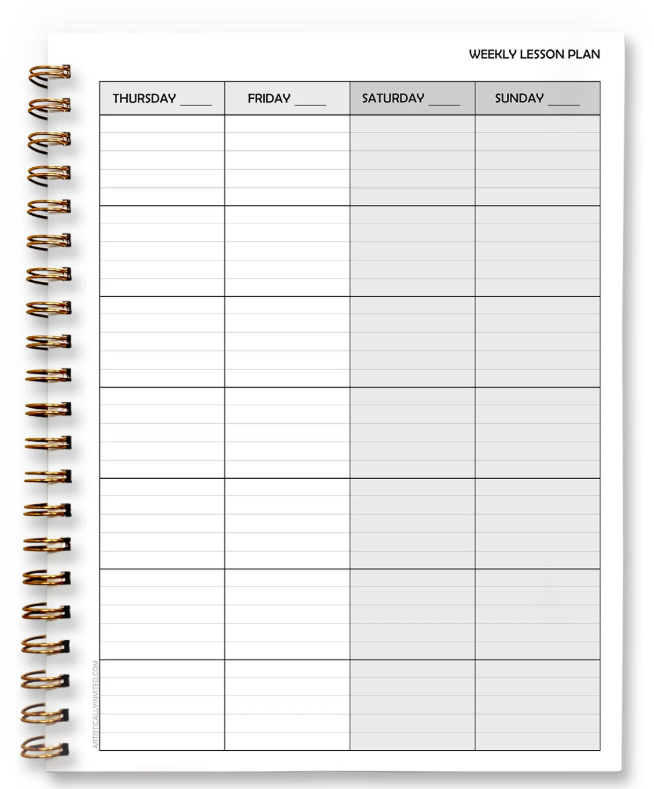Fun & Free: Bible Lessons for 2 Year Olds (Printable!)
Resources tailored for early childhood religious education, specifically designed for children around the age of two, can often be accessed at no cost and are formatted for convenient printing. These materials aim to introduce basic biblical concepts through age-appropriate activities. For example, a lesson might feature a coloring page depicting Noah’s Ark or a simple matching game related to the story of creation.
These educational aids offer several benefits. They provide parents and caregivers with structured tools to introduce religious concepts in an accessible manner. The availability of free resources reduces financial barriers to early religious learning. Furthermore, printable formats offer flexibility, allowing for lessons to be completed at home or in other settings at a convenient pace. Historically, the creation and distribution of such resources have been driven by religious organizations and individuals seeking to foster early faith formation.
The subsequent sections will delve into the various types of these resources available, strategies for effectively utilizing them, and considerations for selecting materials appropriate for the developmental stage of a two-year-old child.
Frequently Asked Questions
This section addresses common inquiries regarding the utilization of freely available, printable Bible lessons designed for children aged two.
Question 1: What is the typical content of free printable Bible lessons for 2-year-olds?
The content generally includes simplified Bible stories, coloring pages featuring biblical characters or scenes, basic shape and color recognition activities related to religious themes, and simple songs with religious lyrics. The materials are designed to be visually engaging and developmentally appropriate for very young children.
Question 2: Are these lessons religiously affiliated?
While many such lessons are produced by religious organizations, some are designed to be non-denominational and focus on general moral principles found in the Bible. It is essential to review the source and content to ensure alignment with specific religious beliefs.
Question 3: How can the effectiveness of these lessons be maximized?
Effectiveness is enhanced by engaging actively with the child, adapting the lesson to their individual interests and attention span, using clear and simple language, and reinforcing the lesson with related activities throughout the day. Consistency in presentation is also beneficial.
Question 4: What are the safety considerations when using printable materials with young children?
Supervision is paramount. Ensure that all printed materials are free of small parts or potentially harmful inks. Laminate the materials to improve durability and prevent tearing, which could create choking hazards.
Question 5: Where can free printable Bible lessons for 2-year-olds be found?
Numerous websites and online resources offer these materials. Church websites, Christian parenting blogs, and online educational platforms are common sources. Exercise caution and vet the resources for accuracy and appropriateness before use.
Question 6: What are the alternatives to free printable lessons?
Alternatives include purchasing commercially available Bible storybooks, using interactive Bible apps designed for young children, attending age-appropriate religious education programs at a local church or religious center, and engaging in informal discussions about religious topics.
In summary, free printable Bible lessons can serve as a valuable tool for early religious education, provided they are used responsibly, age-appropriately, and with parental or caregiver guidance.
The subsequent section will explore practical tips for selecting and implementing these resources.
Tips for Effective Use of Free Printable Bible Lessons for 2 Year Olds
The following recommendations are intended to maximize the impact and suitability of freely available, printable Bible lessons for children around the age of two.
Tip 1: Conduct a Thorough Content Review. Before introducing any material to a child, rigorously assess its content for theological accuracy and age appropriateness. Ensure the lessons align with accepted religious doctrines and avoid complex or potentially confusing concepts.
Tip 2: Prioritize Visual Clarity and Simplicity. Two-year-olds respond best to clear, uncluttered visuals. Select lessons featuring bold lines, bright colors, and minimal text. Avoid materials with overly detailed illustrations or abstract concepts.
Tip 3: Adapt the Lesson to the Child’s Attention Span. Two-year-olds typically have limited attention spans. Segment the lesson into short, manageable activities lasting no more than five to ten minutes. Adjust the pace based on the child’s engagement.
Tip 4: Supplement the Lessons with Hands-On Activities. Integrate tactile experiences to reinforce learning. For example, if the lesson focuses on animals from Noah’s Ark, provide animal figurines for the child to handle. If the lesson features creation, include sand or water play.
Tip 5: Reinforce Learning Through Repetition and Routine. Repetition is crucial for memory retention in young children. Review key concepts from the lesson regularly. Establish a consistent time and place for these activities to create a predictable routine.
Tip 6: Ensure Material Safety. Prioritize safety when using printable materials. Use non-toxic inks and laminate the pages to prevent tearing or ingestion of small pieces. Supervise the child closely during all activities.
Tip 7: Use Stories to reinforce the lesson. Consider using other bible story books at story time to reinforce a lesson.
Effective implementation of freely accessible, printable religious education necessitates careful selection, adaptation, and reinforcement. By adhering to these guidelines, parents and caregivers can foster an early understanding of basic religious concepts in a safe and engaging manner.
The concluding section will summarize the key elements of this discussion and offer final recommendations.
Conclusion
This exploration of free printable bible lessons for 2 year olds has highlighted their potential as accessible tools for early religious education. Key considerations include careful content review, adaptation to a childs developmental stage, integration of hands-on activities, and prioritization of safety. The availability of these resources offers an opportunity to introduce fundamental religious concepts in a structured and cost-effective manner.
The responsible and informed utilization of these resources is paramount. Continued vigilance in selecting appropriate materials and adapting them to individual needs will ensure a positive and meaningful early learning experience, laying a foundation for future religious understanding.
